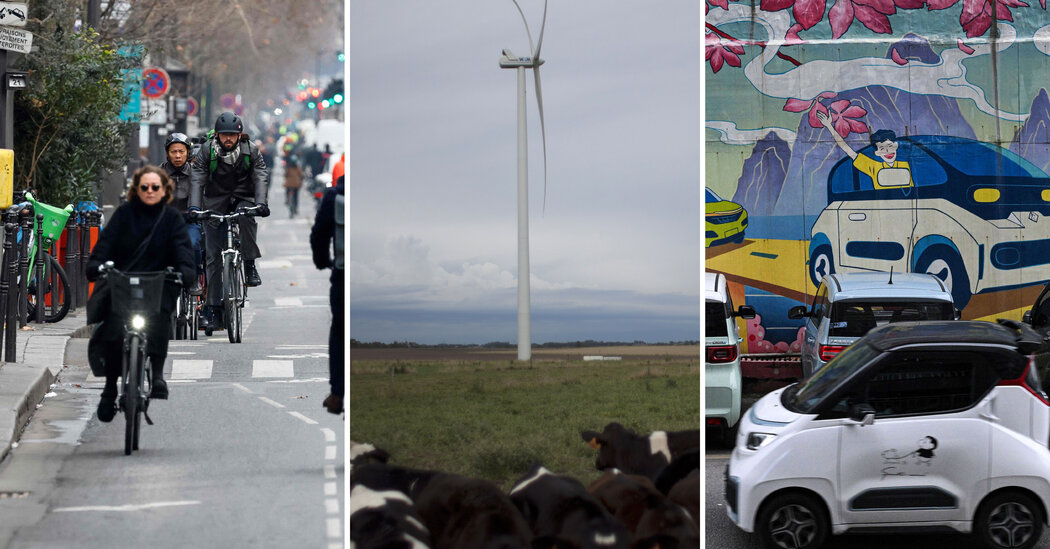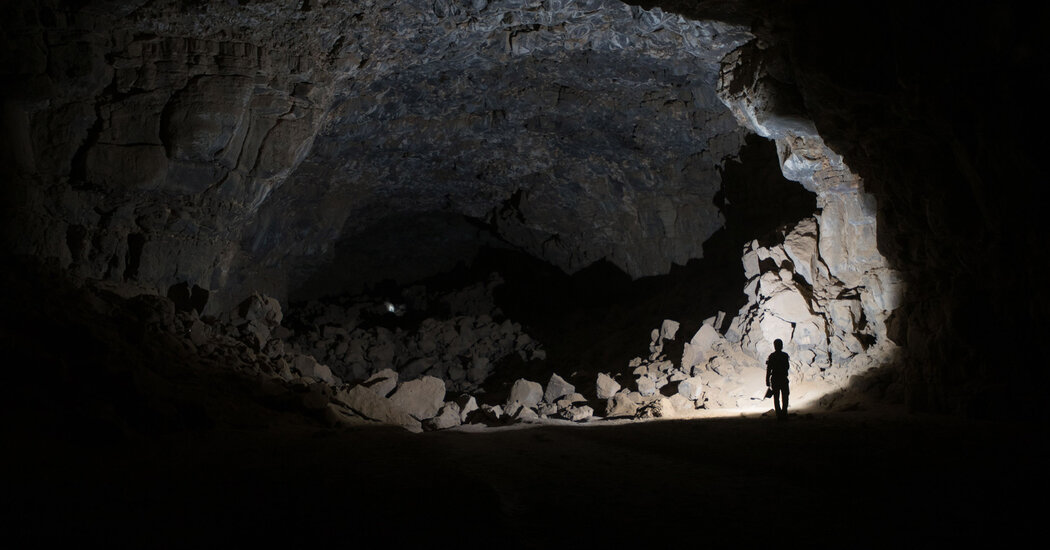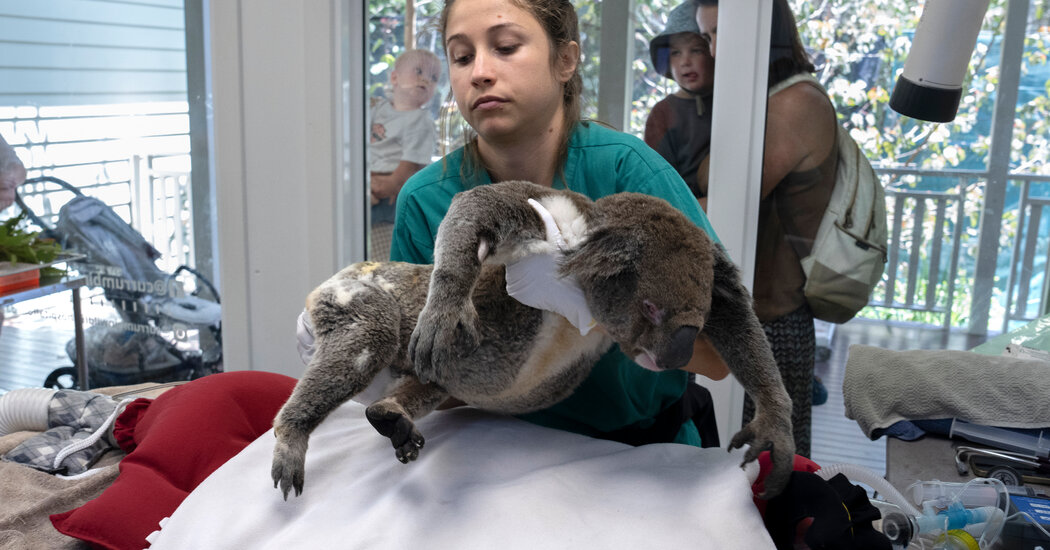

In the 19th century, when the German naturalist Ludwig Edinger performed the first anatomical studies of the bird brain and discovered the absence of a neocortex — the more evolutionarily nascent outer layer of the brain, responsible for complex cognition and creative problem-solving — he dismissed birds as little more than Cartesian puppets of reflex. This view was reinforced in the 20th century by the deviation, led by B.F. Skinner and his pigeons, into behaviorism — a school of thought that considered behavior a Rube Goldberg machine of stimulus and response governed by reflex, disregarding interior mental states and emotional response.
In 1861, just two years after Darwin’s publication of “On the Origin of Species,” a fossil was discovered in Germany with the tail and jaws of a reptile and the wings and wishbone of a bird, sparking the revelation that birds had evolved from dinosaurs. We have since learned that, although birds and humans haven’t shared a common ancestor in more than 300 million years, a bird’s brain is much more similar to ours than to a reptile’s. The neuron density of its forebrain — the region engaged with planning, sensory processing, and emotional responses, and on which REM sleep is largely dependent — is comparable to that of primates. At the cellular level, a songbird’s brain has a structure, the dorsal ventricular ridge, similar to the mammalian neocortex in function if not shape. (In pigeons and barn owls, the DVR is structured like the human neocortex, with both horizontal and vertical neural circuitry.)
Still, avian brains are also profoundly other, capable of feats unimaginable to us, especially during sleep: Many birds sleep with one eye open, even during flight. Migrating species that traverse immense distances at night, like the bar-tailed godwit, which covers the 7,000 miles between Alaska and New Zealand in eight days of continuous flight, engage in unihemispheric sleep, blurring the line between our standard categories of sleep and wakefulness.
But while sleep is an outwardly observable physical behavior, dreaming is an invisible interior experience as mysterious as love — a mystery to which science has brought brain imaging technology to illuminate the inner landscape of the sleeping bird’s mind.
The first electroencephalogram of electrical activity in the human brain was recorded in 1924, but EEG was not applied to the study of avian sleep until the 21st century, aided by the even more nascent functional magnetic resonance imaging, developed in the 1990s. The two technologies complement each other. In recording the electrical activity of large populations of neurons near the cortical surface, EEG tracks what neurons do more directly. But fM.R.I. can pinpoint the location of brain activity more precisely through oxygen levels in the blood. Scientists have used these technologies together to study the firing patterns of cells during REM sleep in an effort to deduce the content of dreams.
24World Media does not take any responsibility of the information you see on this page. The content this page contains is from independent third-party content provider. If you have any concerns regarding the content, please free to write us here: contact@24worldmedia.com

Common Mistakes When Using Athletic Field Tarps

High-Performance Diesel Truck Upgrades You Should Consider

Warehouse Optimization Tips To Improve Performance

Fire Hazards in Daily Life: The Most Common Ignition Sources

Yellowstone’s Wolves: A Debate Over Their Role in the Park’s Ecosystem

Earth Day 2024: A Look at 3 Places Adapting Quickly to Fight Climate Change

Millions of Girls in Africa Will Miss HPV Shots After Merck Production Problem

This Lava Tube in Saudi Arabia Has Been a Human Refuge for 7,000 Years

Four Wild Ways to Save the Koala (That Just Might Work)

National Academy Asks Court to Strip Sackler Name From Endowment

Ways Industrial Copper Helps Energy Production

The Ins and Out of Industrial Conveyor Belts